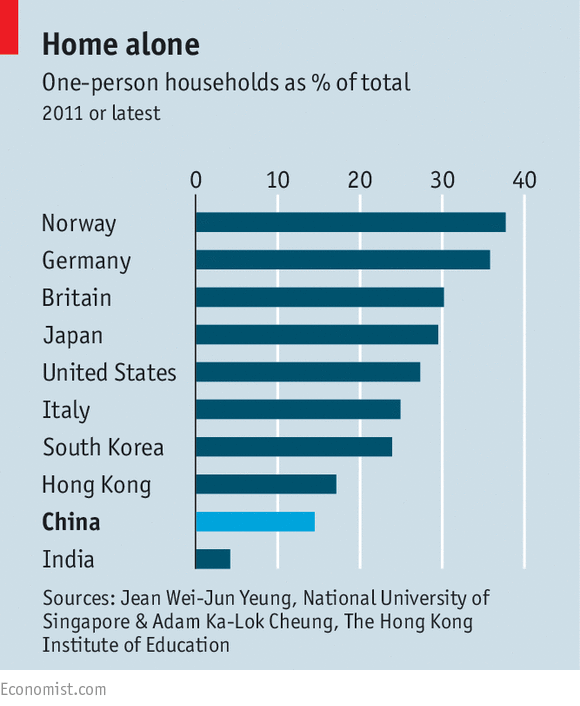



To date there are few research monographs that go beyond picking out striking cases of innovative companies. We clearly also need systematic analyses of China’s growing innovative capacity. For this reason, Xiaolan Fu’s book China's Path to Innovation (Cambridge University Press, 2015) is a welcome addition to the literature. Fu is Professor of Technology and International Development at Oxford and has written about innovation in China for more than ten years. China's Path to Innovation has 16 chapters (Table of Contents). The book provides an excellent overview of scholarly literature on the development of Chinese innovative capacities. It deserves to be in the library of anyone working on China’s innovative capacity. Read my full review on economic-evolution.net.
The New York Times filed a report about a plan to create new mega cities surrounding Beijing. One of the big obstacles is the inability of local governments to raise their own taxes to pay for services.

But I am getting more nervous about the future of China after reading this series of articles.




